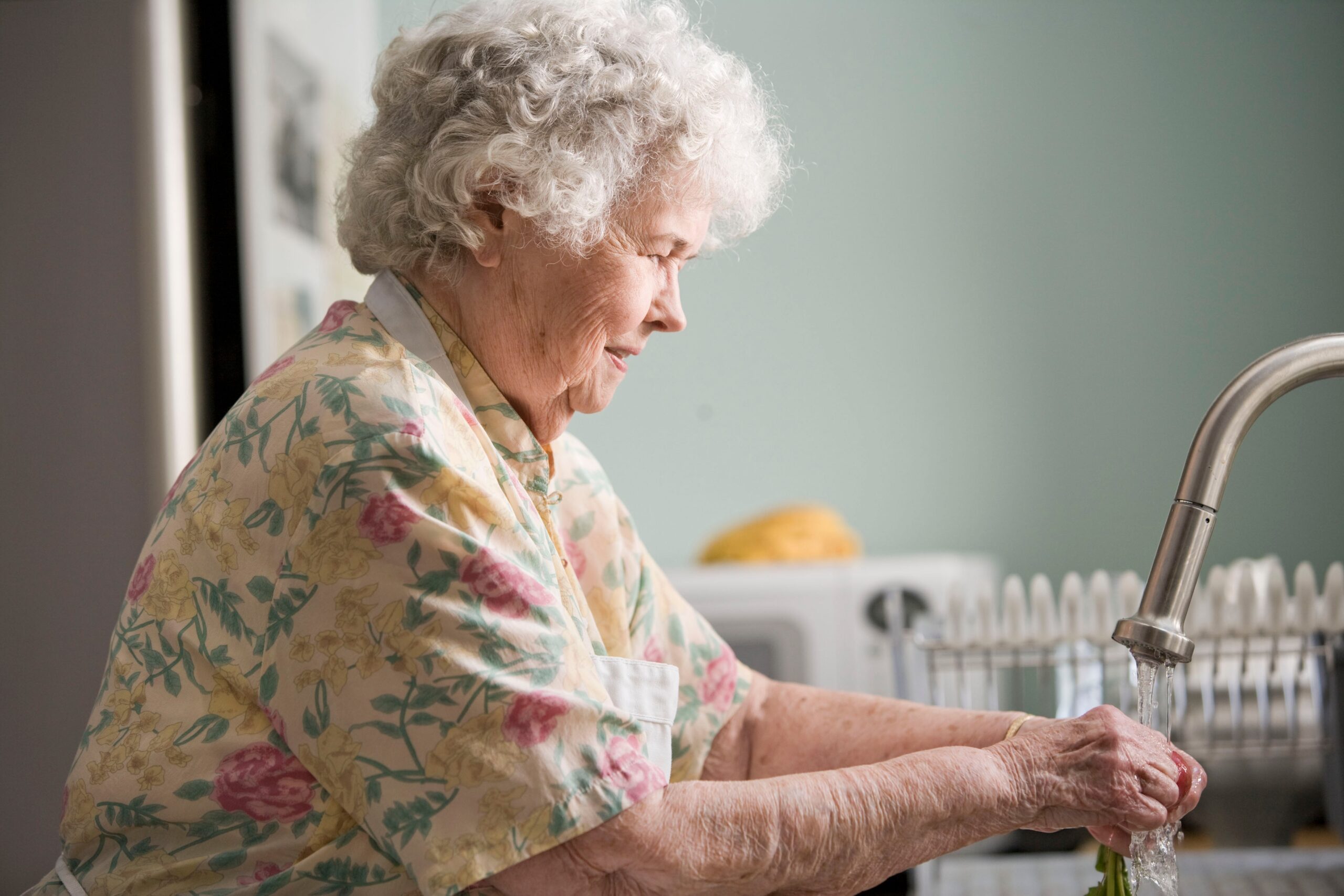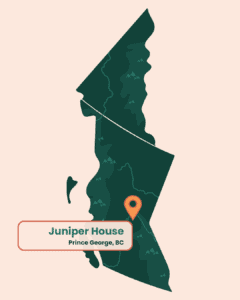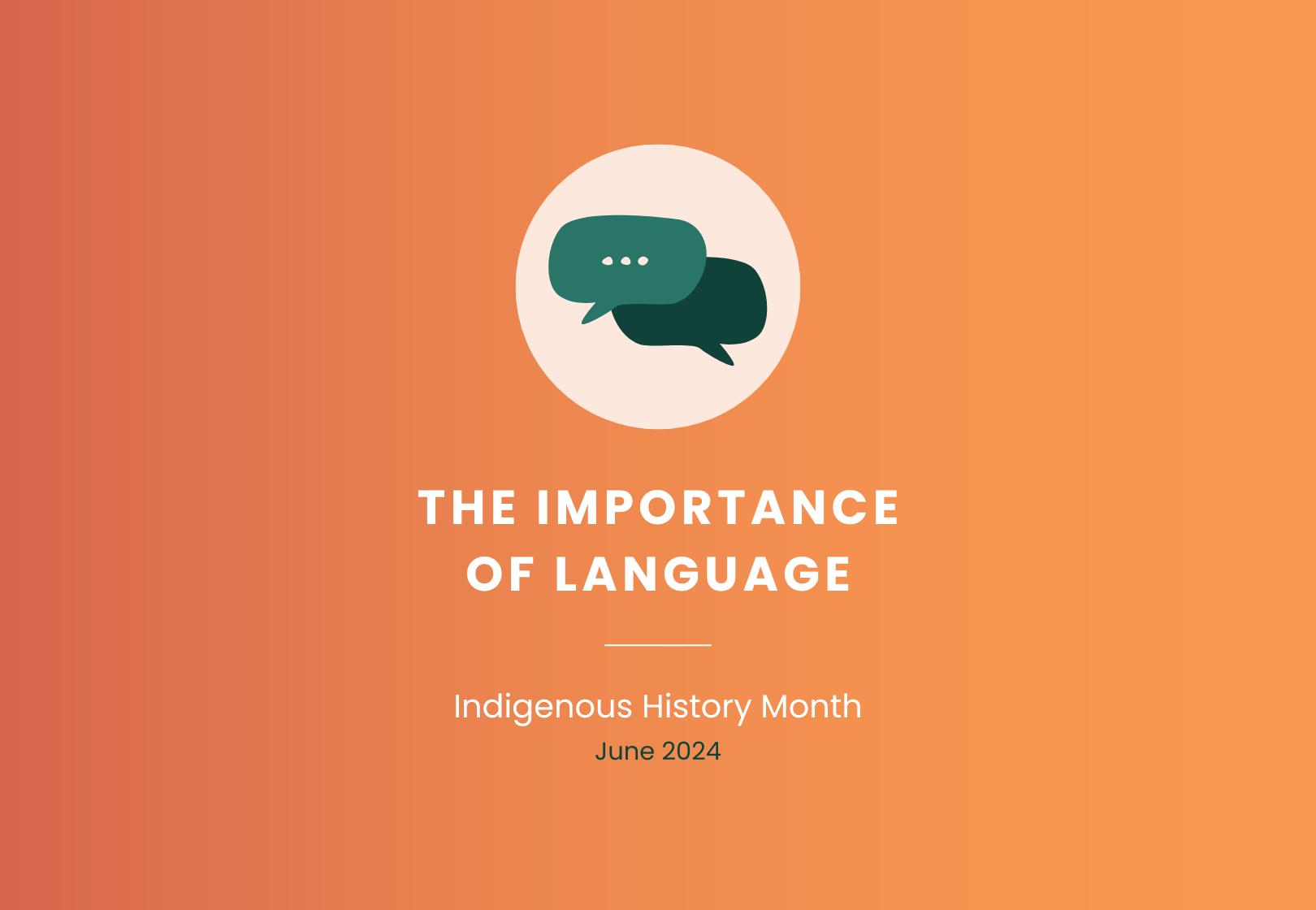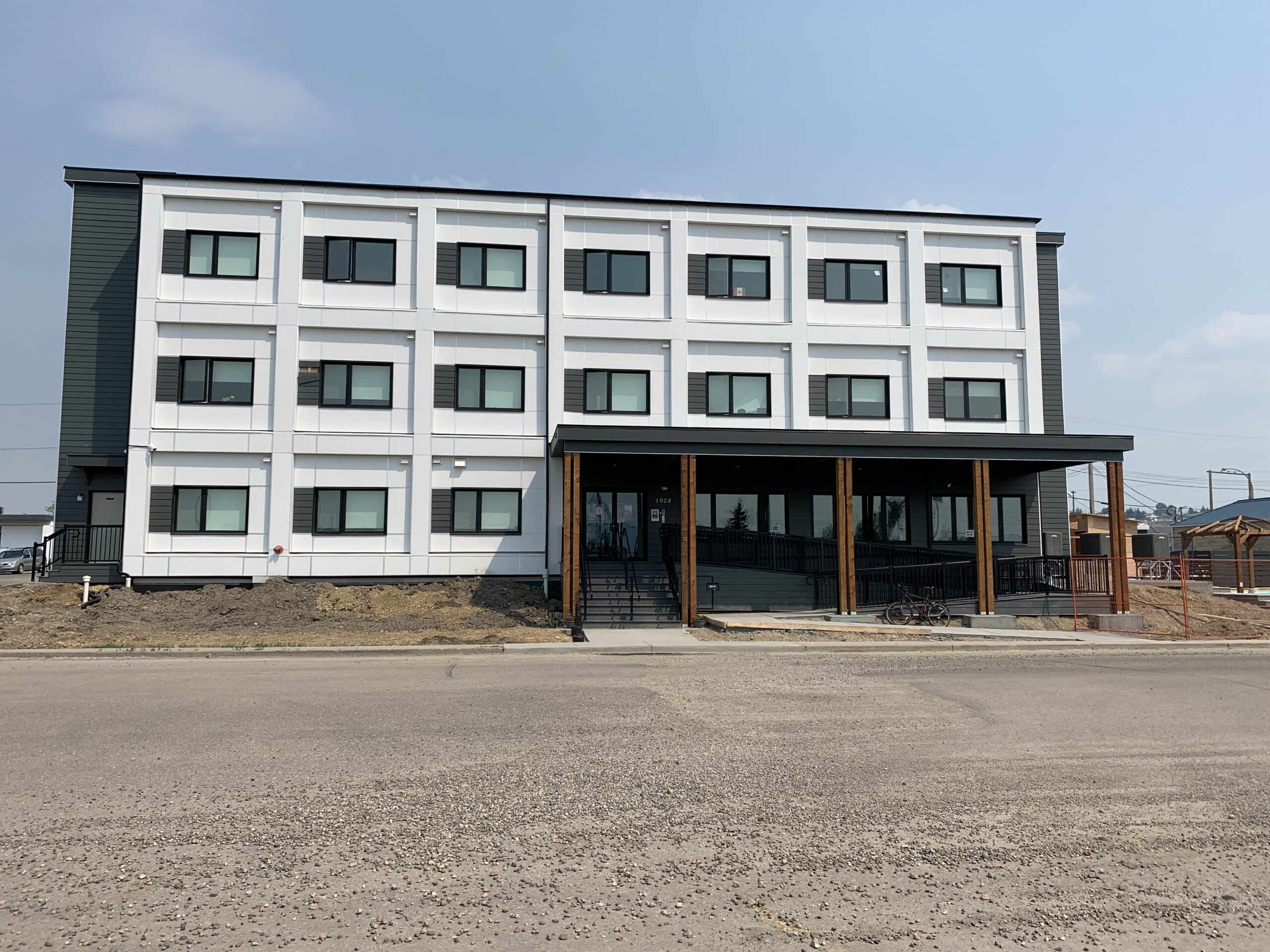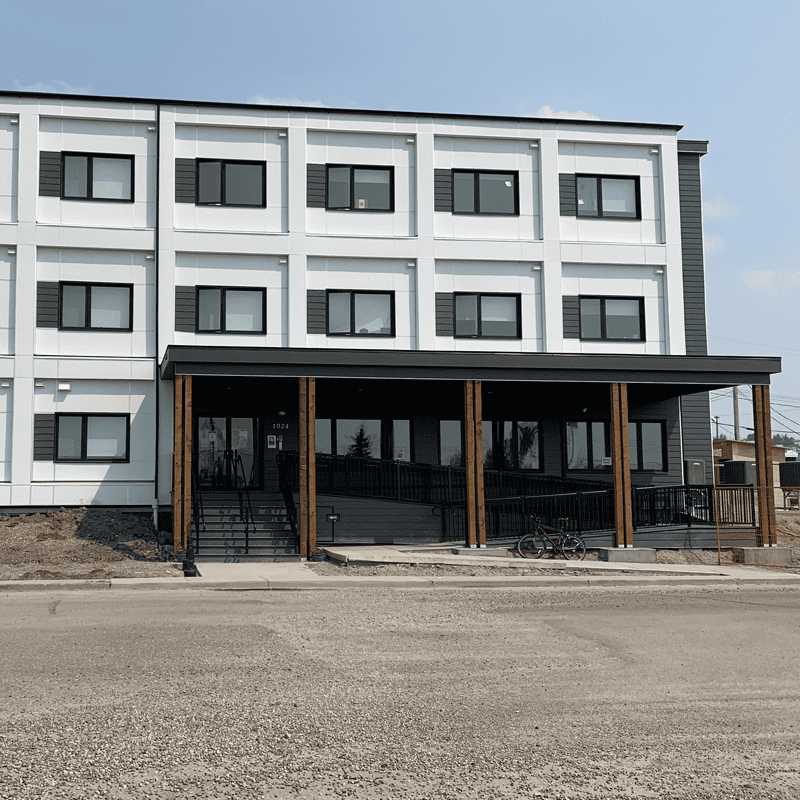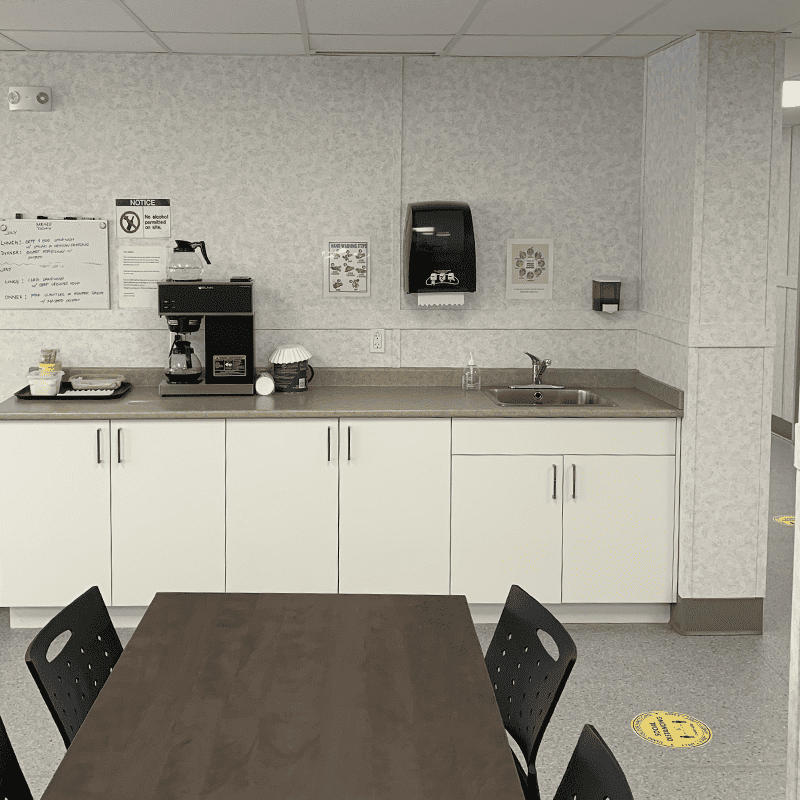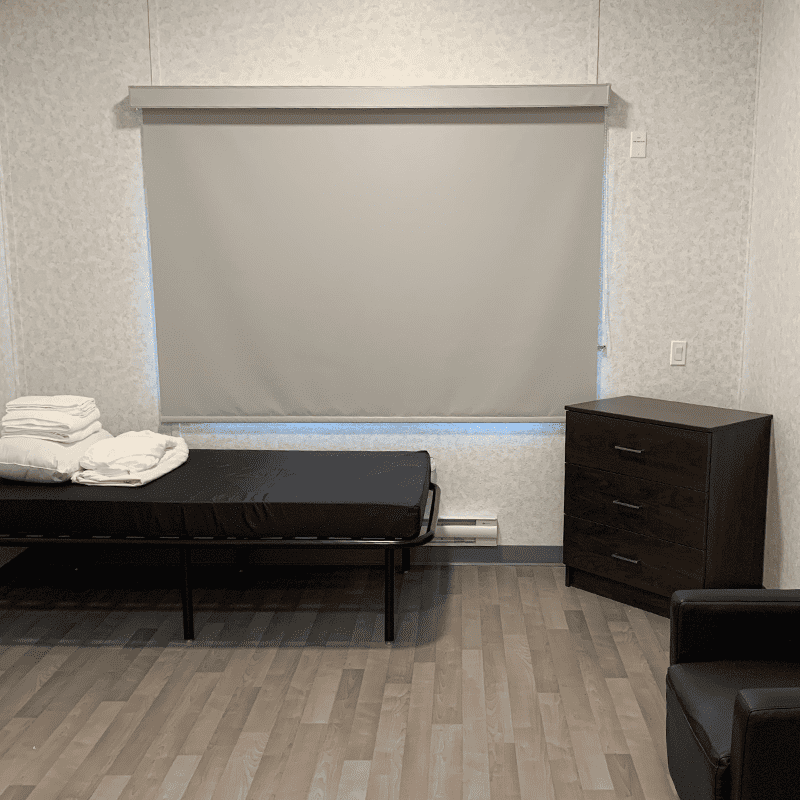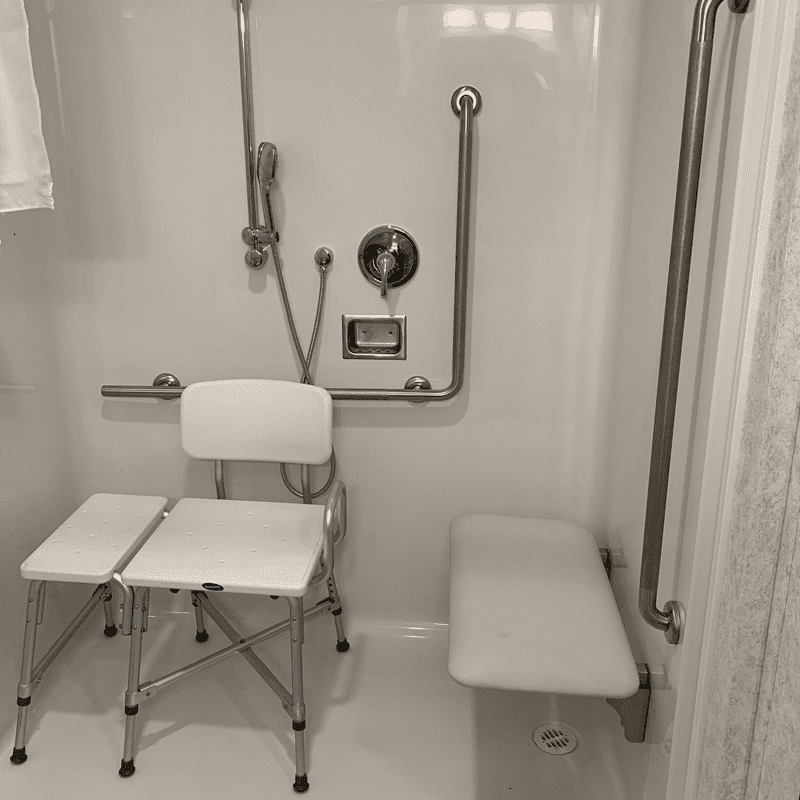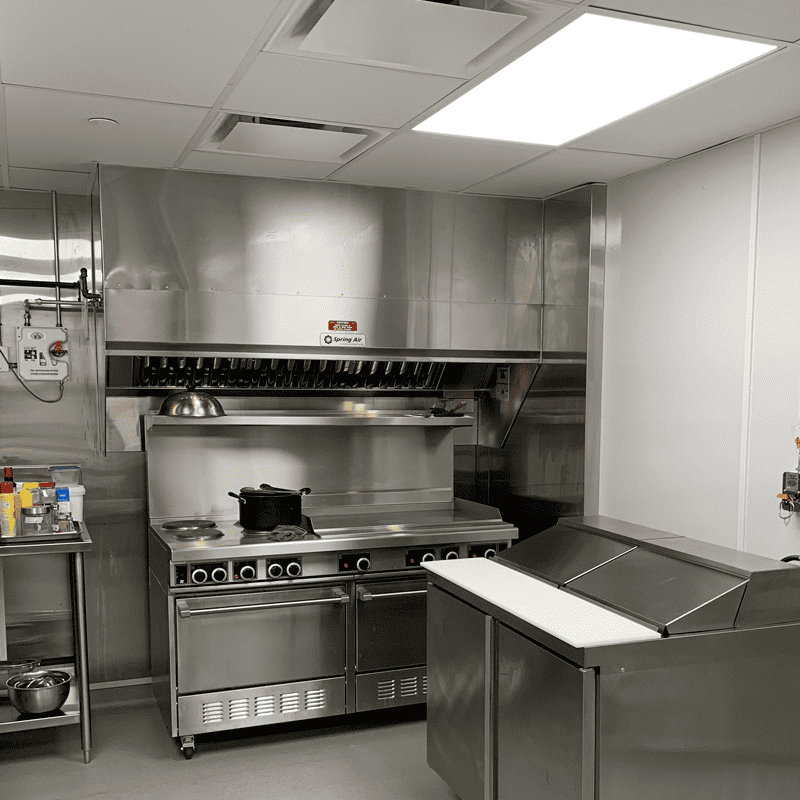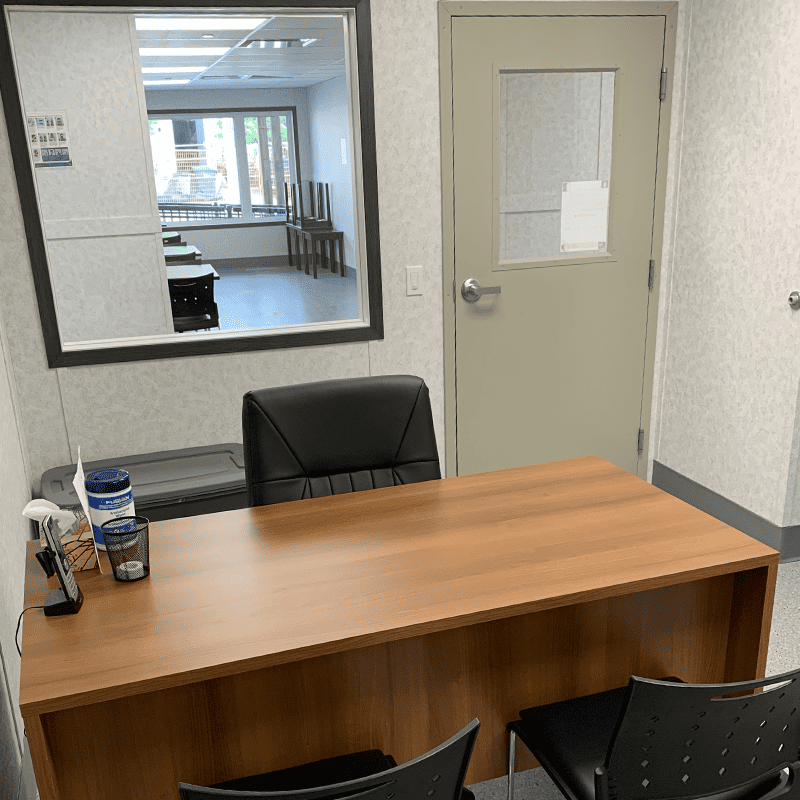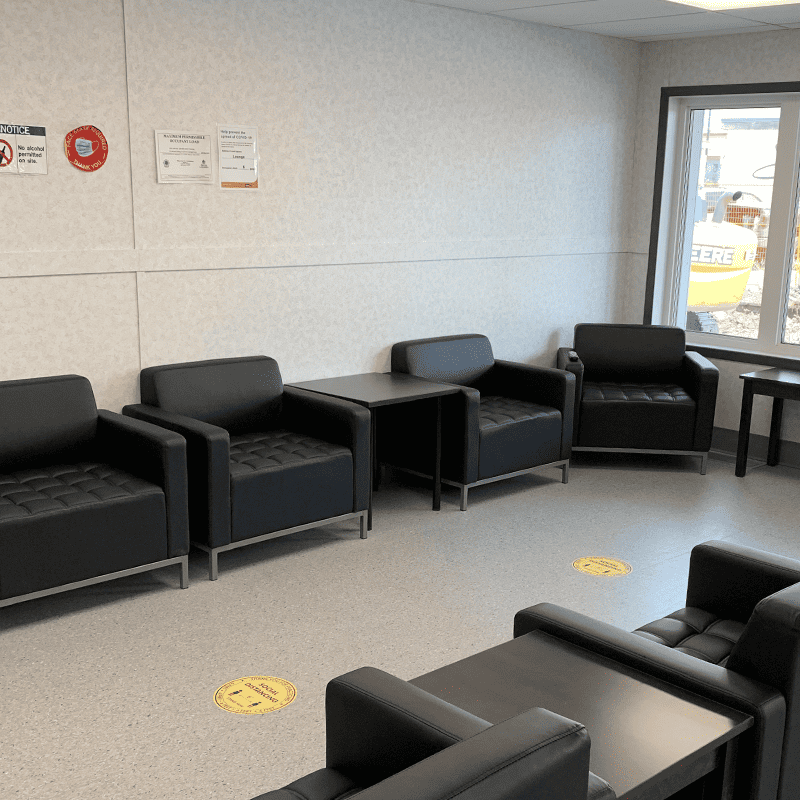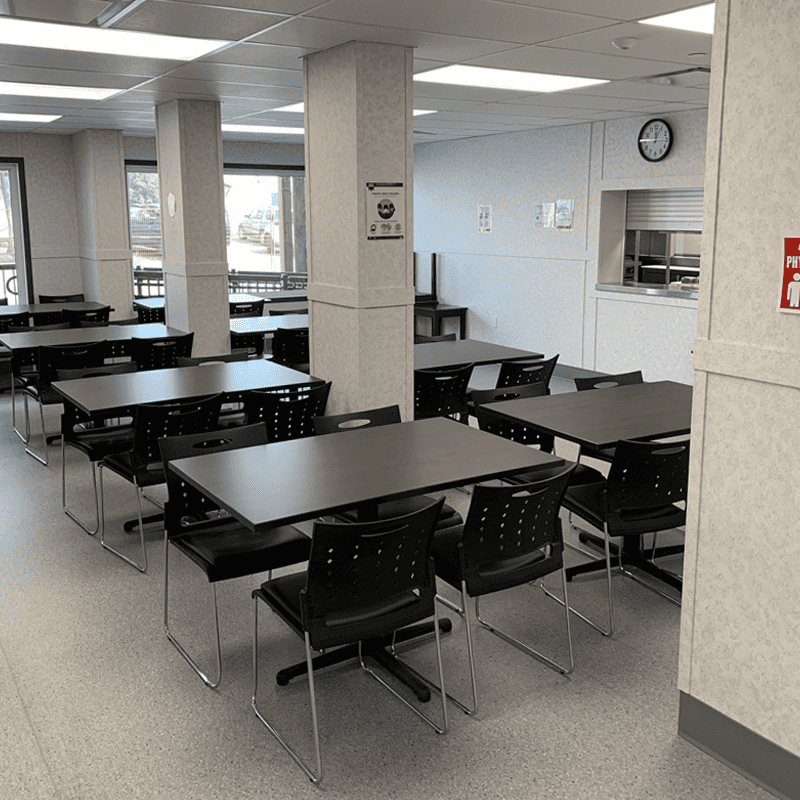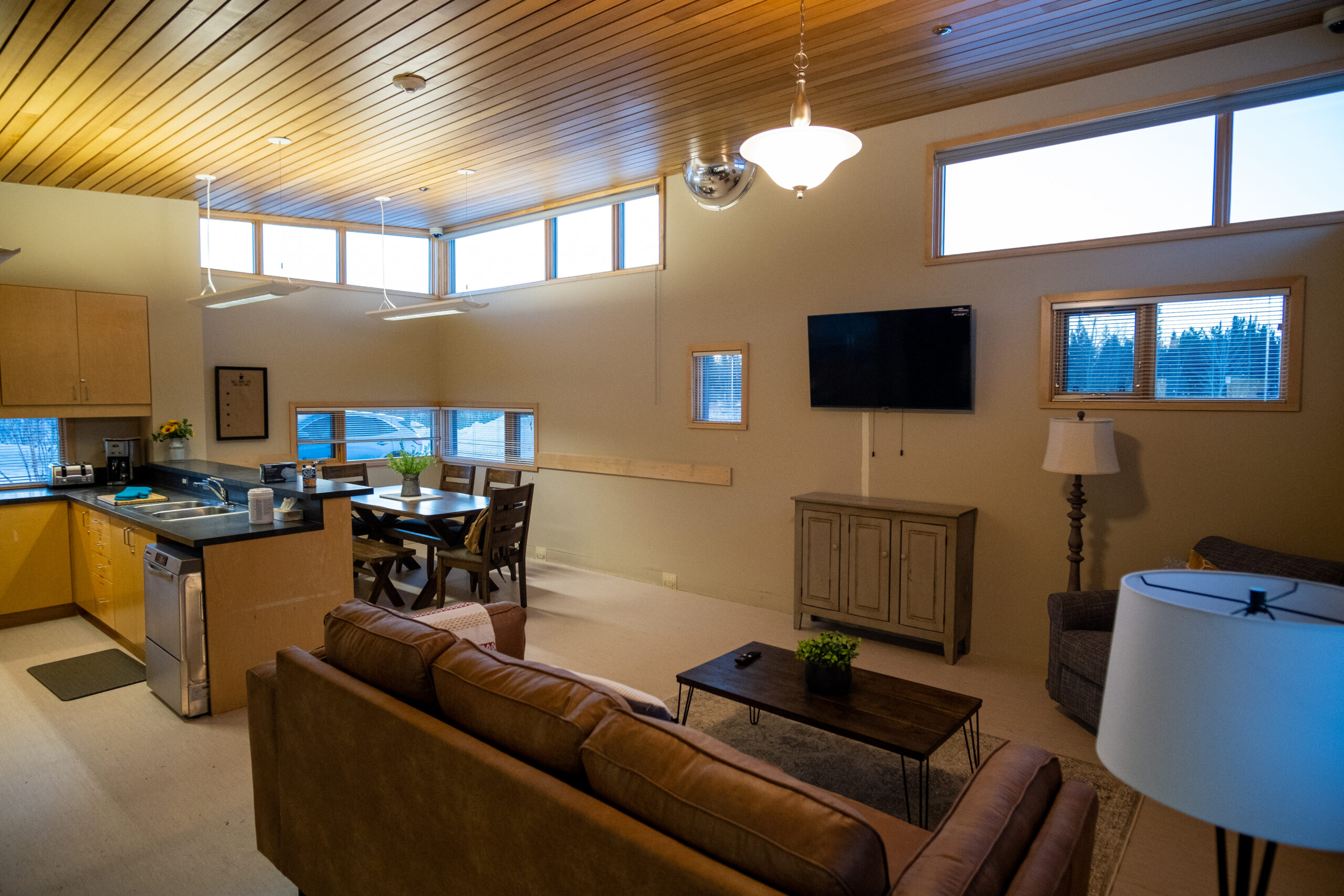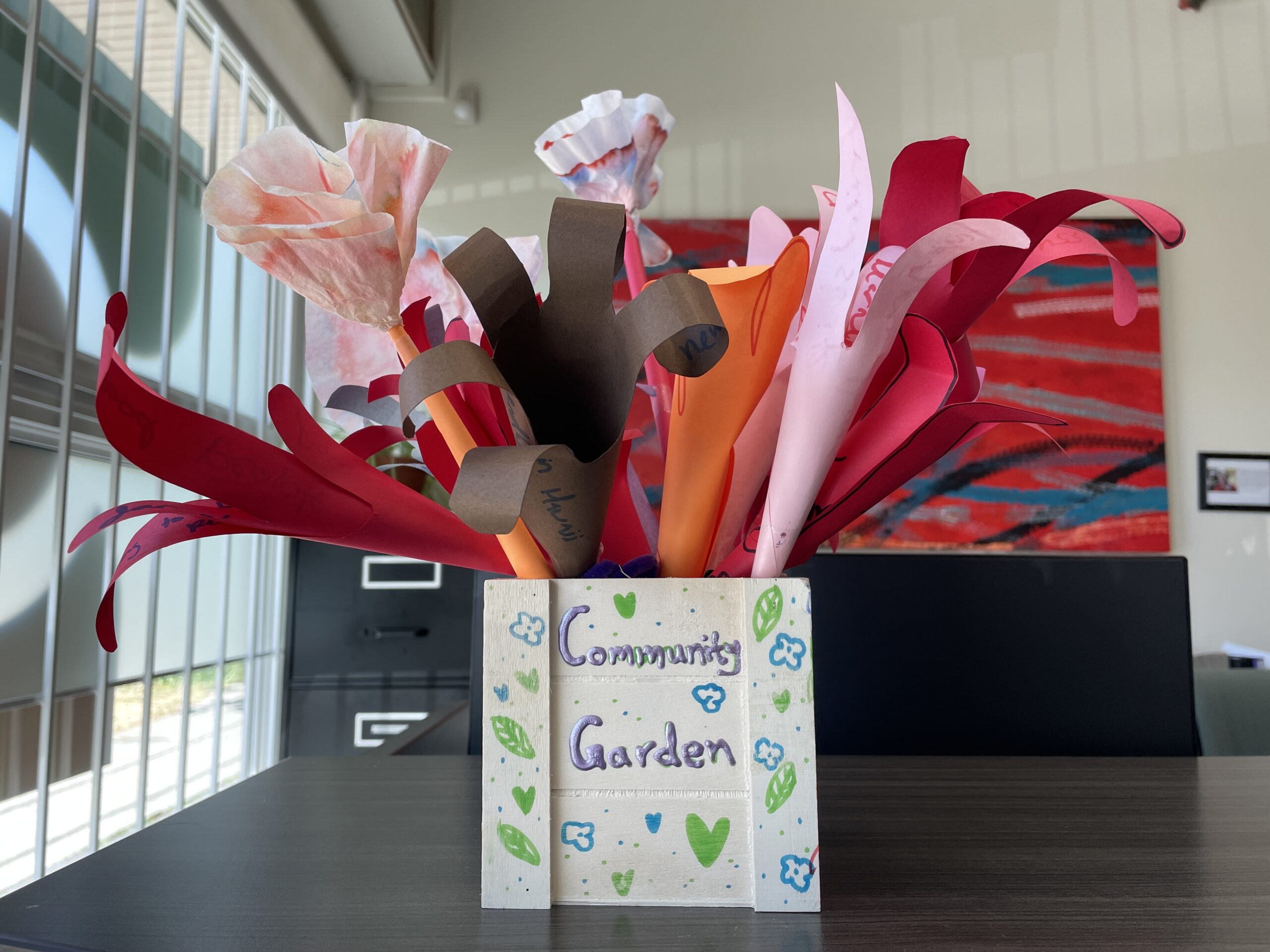Understanding Seasonal Affective Disorder
As the days shorten and the weather turns colder, Seasonal Affective Disorder can become more prevalent for many.

As the days shorten and the weather turns colder, many people experience changes in mood and energy. For some, these changes can be more than just seasonal blues—they may be indicative of Seasonal Affective Disorder (SAD). The following information will enhance understanding of SAD and explore support for those affected or for those who know someone impacted by it.
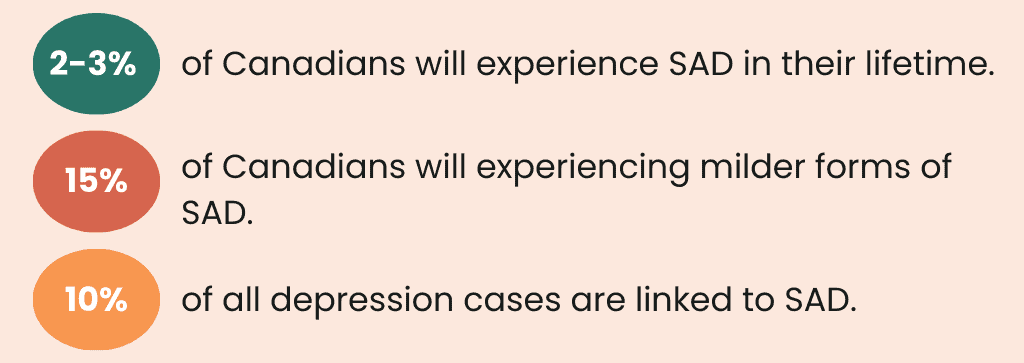
What is Seasonal Affective Disorder (SAD)?
Seasonal Affective Disorder is a type of depression that typically arises during the fall and winter months when daylight is limited. However, SAD can become present at any time of the year. Symptoms of SAD can include:
- Persistent feelings of sadness or hopelessness
- Low energy and fatigue
- Changes in sleep patterns
- Changes in appetite or weight
- Difficulty concentrating
- Withdrawal from social situations
Who is at Risk of Experiencing SAD?
Seasonal Affective Disorder can impact anyone, however, there are some groups of people more likely to be affected by SAD.
- Adults are at higher risk of experiencing SAD in comparison to youth.
- Any family history where SAD or depression is prevalent can increase the risk of experiencing symptoms (Amirault, 2018).
- Women are 9 times more likely to be diagnosed with SAD than men (CHMA, 2013).
- Northern countries and cities that experience less sunlight during winter months can increase the risk of being affected by SAD.
Effective Strategies for Managing SAD
To help manage SAD and improve well-being, there are a few strategies that can support those affected:
- Light Therapy: Using a light therapy lamp can simulate natural sunlight and help regulate mood. These lamps are a common treatment for SAD.
- Vitamin D: Reduced sunlight can lead to lower vitamin D levels, so taking a supplement might be beneficial (Lincoln, 2024).
- Physical Activity and Good Nutrition: Regular exercise and healthy eating can boost mood and energy levels, which can help alleviate symptoms of SAD. Research suggests that a variety of types of physical activity, particularly done in community spaces, can help reduce the feeling of isolation (Drew et al, 2021).
- Counseling: Speaking with a mental health professional can provide personalized support and coping strategies.
Reach Out for Support
While Connective does not provide direct treatment for SAD, we are here to support you in accessing the resources you need:
- Community Services Offices (CSO): Our CSOs in Vancouver and Abbotsford play a vital role in supporting individuals who face multiple barriers to accessing mainstream resources. We offer arts programming, game groups, and other social opportunities to foster a sense of community and reduce isolation.
- 405 Alexander: At 405 Alexander, we have proudly served 194,108 meals through Connective’s Whitehorse Emergency Shelter. Good nutrition plays a vital role in mental health, especially during seasons that can affect mood, such as winter. In partnership with the Council of Yukon First Nations, we also provide cultural support and programming that fosters community connection and resilience for our Indigenous residents.
If you are looking for these services in another location in BC or the Yukon, please contact us to connect with a Connective partner in your community.
Immediate Resources for Support
If you or someone you know is struggling with SAD, it’s important to seek support. Here are some immediate resources that can help:
- 9-8-8: Provides access to immediate support and crisis intervention.
- Hope for Wellness: Offers counseling and crisis support specifically for Indigenous peoples.
- Kids Help Phone: Provides support for young people in distress.
References
- Amirault, S. (2020, December 31). “Psychology works” fact sheet: Seasonal affective disorder (depression with seasonal pattern) – canadian psychological association. Canadian Psychological Association – The national voice for psychology in Canada. https://cpa.ca/psychology-works-fact-sheet-seasonal-affective-disorder-depression-with-seasonal-pattern/
- Drew, E. M., Hanson, B. L., & Huo, K. (2021). Seasonal affective disorder and engagement in physical activities among adults in Alaska. International Journal of Circumpolar Health, 80(1). https://doi.org/10.1080/22423982.2021.1906058
- Lincoln, K. (2024). S.A.D. survival kit: A podcast on Seasonal affective disorder. Western CEDAR. https://cedar.wwu.edu/wwu_honors/782/?utm_source=cedar.wwu.edu%2Fwwu_honors%2F782&utm_medium=PDF&utm_campaign=PDFCoverPages
- “Psychology works” fact sheet: Seasonal affective disorder (depression with seasonal pattern) – Canadian Psychological Association. Canadian Psychological Association – The national voice for psychology in Canada. (2020, December 31). https://cpa.ca/psychology-works-fact-sheet-seasonal-affective-disorder-depression-with-seasonal-pattern/
- seasonal affective disorder Canada
